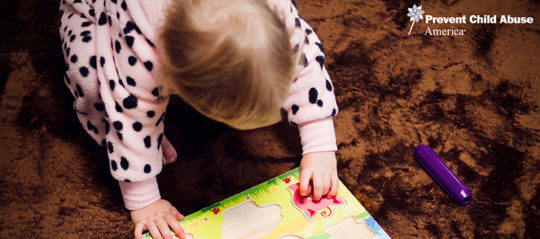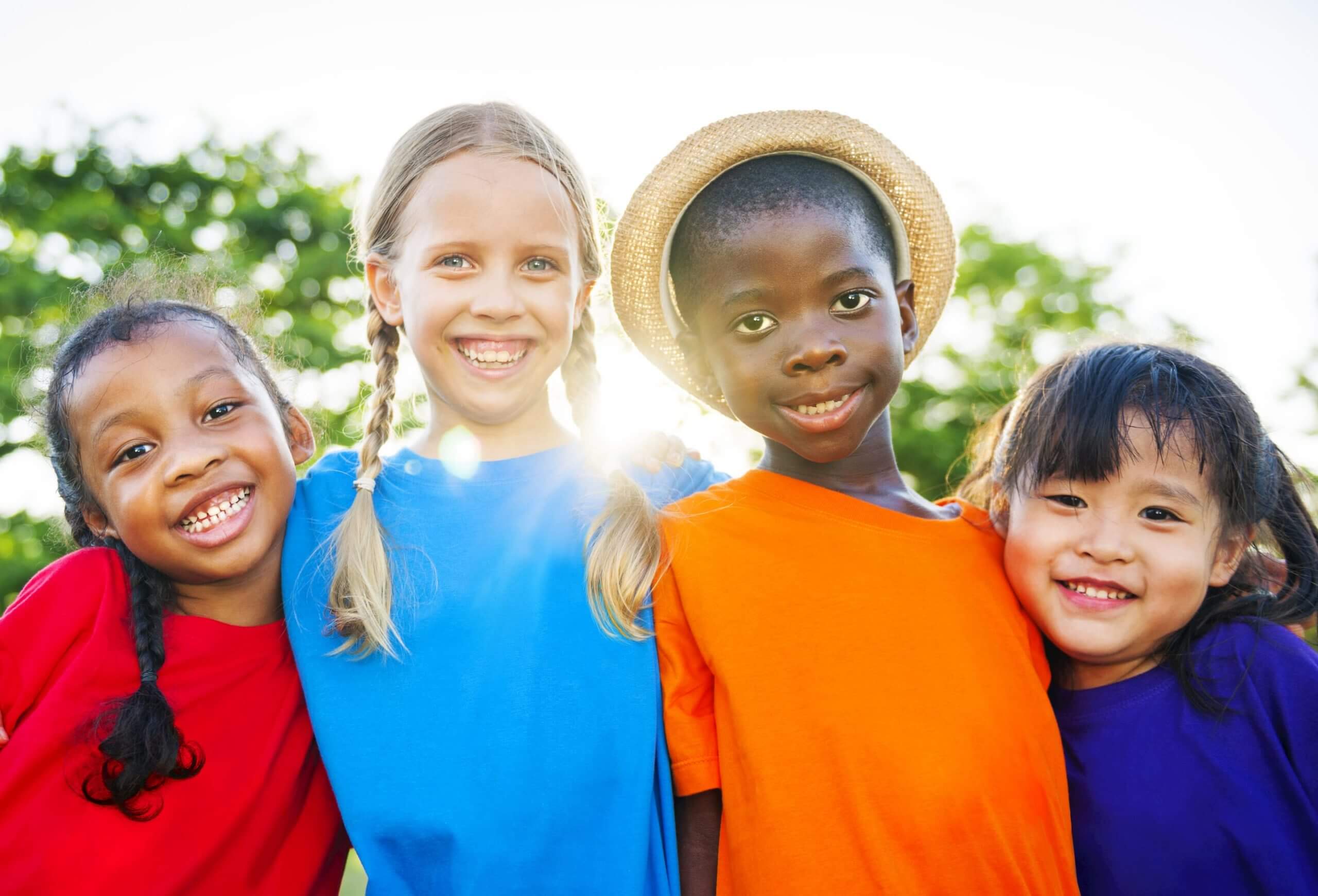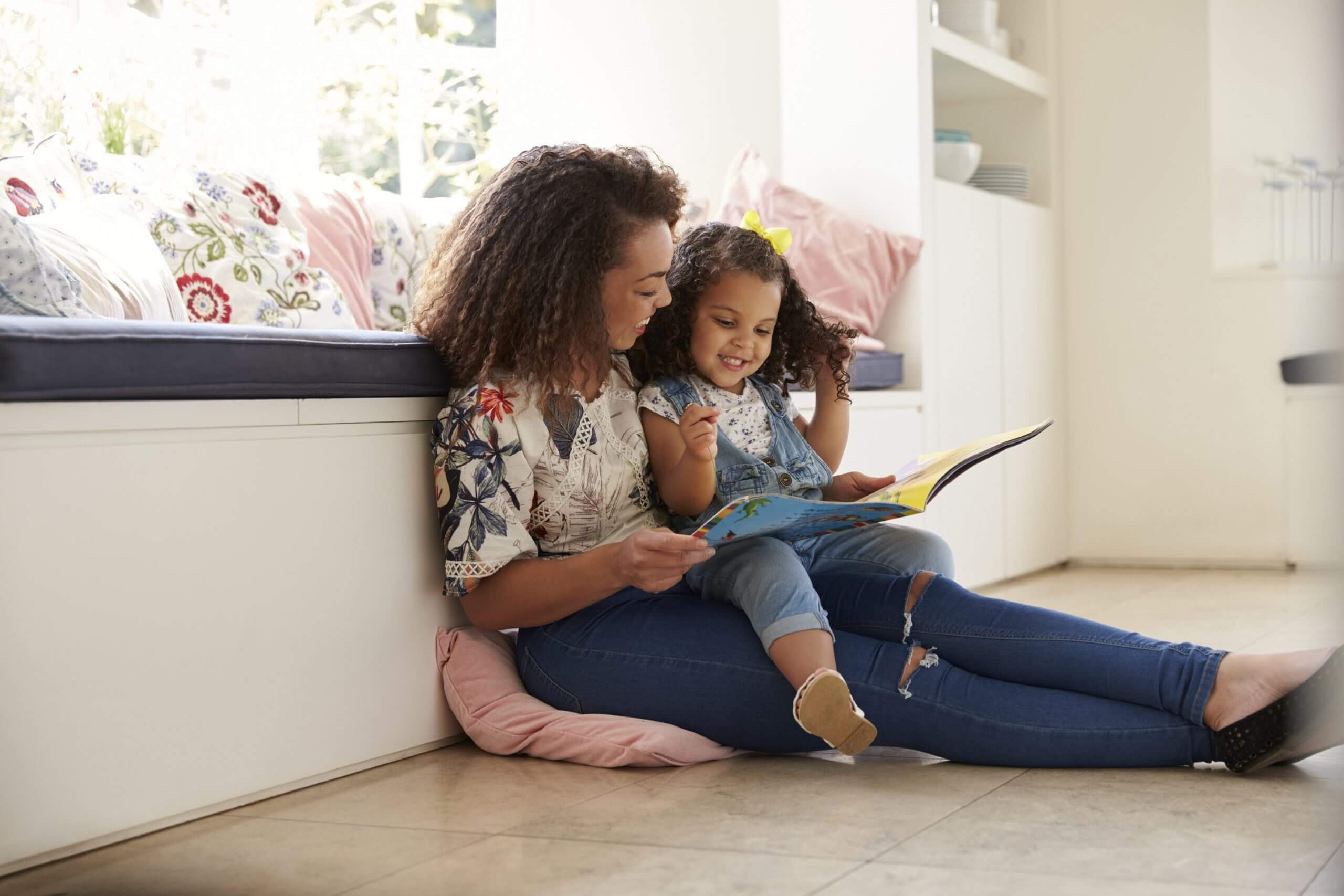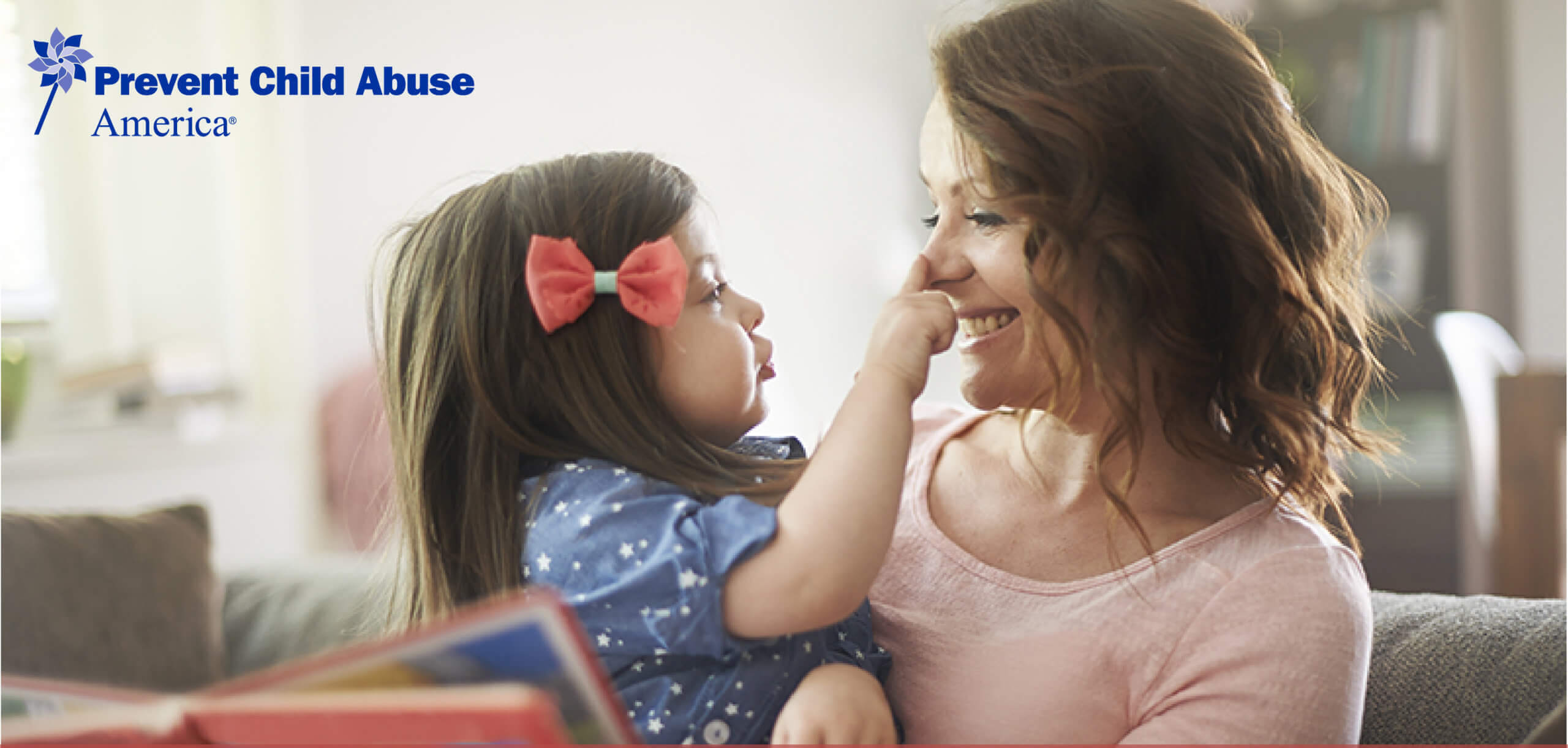Adults get a lot of advice about coping when things are frustrating. “Take five deep breaths and then do something else!” “Find a quiet space and meditate!” “Drink lukewarm green tea!” But what about young kids? This Parenting Tip is all about helping your little ones deal with the difficult emotion of frustration.

Young children experience emotions in the same way that we do. However, a major difference in our experiences is that young children are still learning what emotions are when they experience them. Young children don’t yet know how to distinguish lesser emotions, like annoyance, from more extreme ones like anger.
The more children experience their emotions, the more they learn how to “regulate,” or properly deal with the feelings that they are experiencing. During the early childhood process of learning and growth, parents can help their children understand how to deal with these new emotional experiences in several ways.
Label feelings when your child experiences them. It’s hard to understand something if you don’t know what it is. This holds true for young children and their emotional development. When your toddlers express emotion, label it by saying back to them what it is they experience. This teaches children the names of their emotions, but what a proper response to that feeling looks like. For example, if your child is crying because they miss their daycare friends, you can something like “You are feeling sad right now. Is it because you wish you were playing with your friends? It’s ok to feel sad.”
Teach your children to label their own feelings. Ask questions about how your child is feeling when they experience emotion. If they are playing with a new toy on the floor and laughing, you can say something like “you are smiling so much today! Is that because you are happy?” Give your child the chance to recognize and label their own feelings.
If your child is frustrated, don’t immediately solve the problem for them. Imagine your little one is working on a puzzle and is struggling to get the piece to fit. Rather than take the piece and show them where it fits properly, instead encourage your child to take a second to step back and think. You can say something like “I see that you are frustrated because of the puzzle. Let’s stop for a second and look at the puzzle together.” Not only are you labelling the emotion your child is experiencing, but helping them react to their frustration in a proper way.
Take a step back before returning to the frustrating task. Taking a break when frustrated helps both adults and children, but young children don’t intuitively know this. If you see your child getting frustrated, take a break with them. Taking a break for a snack or to do something else for a few minutes can help children calm down and get back to an emotionally regulated state.
When kids are frustrated, redirect them to a task they are good at. A good piece of advice comes from Jim Taylor, PhD, who writes that “a powerful way to counter the feelings of frustration when they have stepped back from the activity is to have your children do something at which they can succeed, thus feeding their feelings of confidence and generating positive emotions such as pride and inspiration.”
Understanding, recognizing, and dealing with emotions is a critical part of child development. By actively working with your child to teach them about what emotions are and how to deal with them, you can make this phase of development a little less frustrating.





